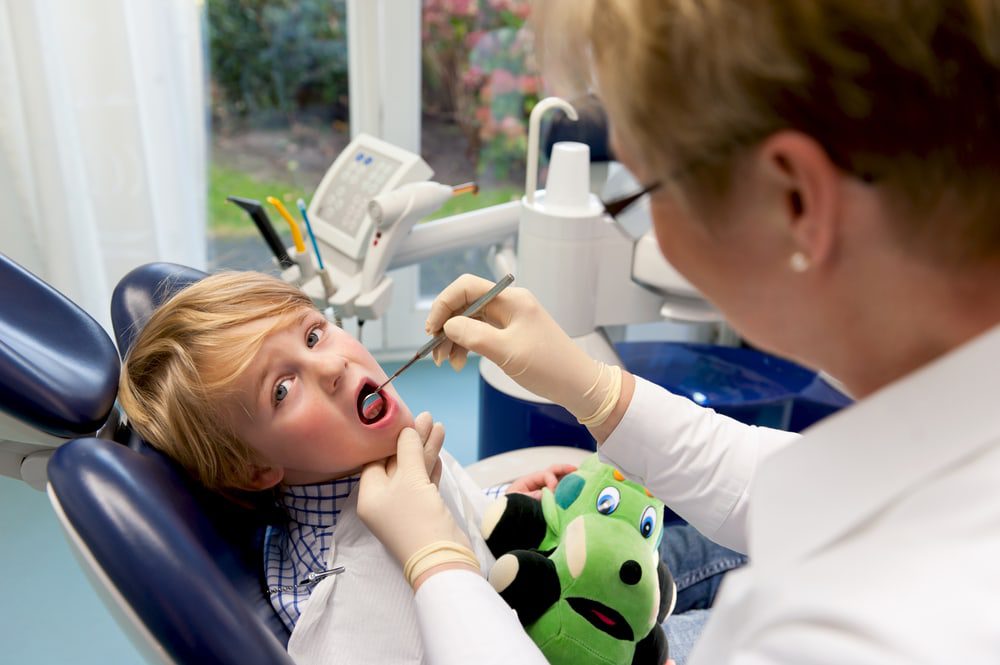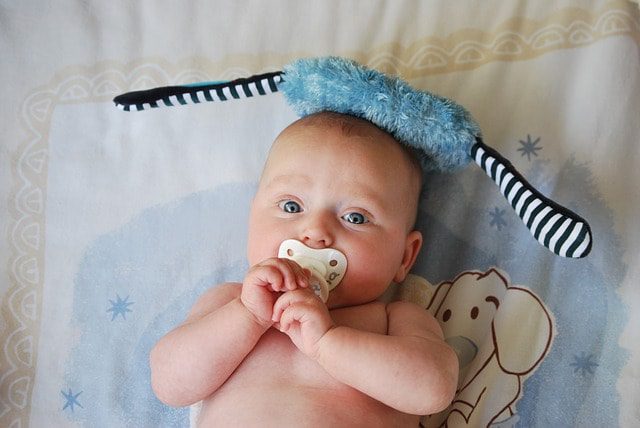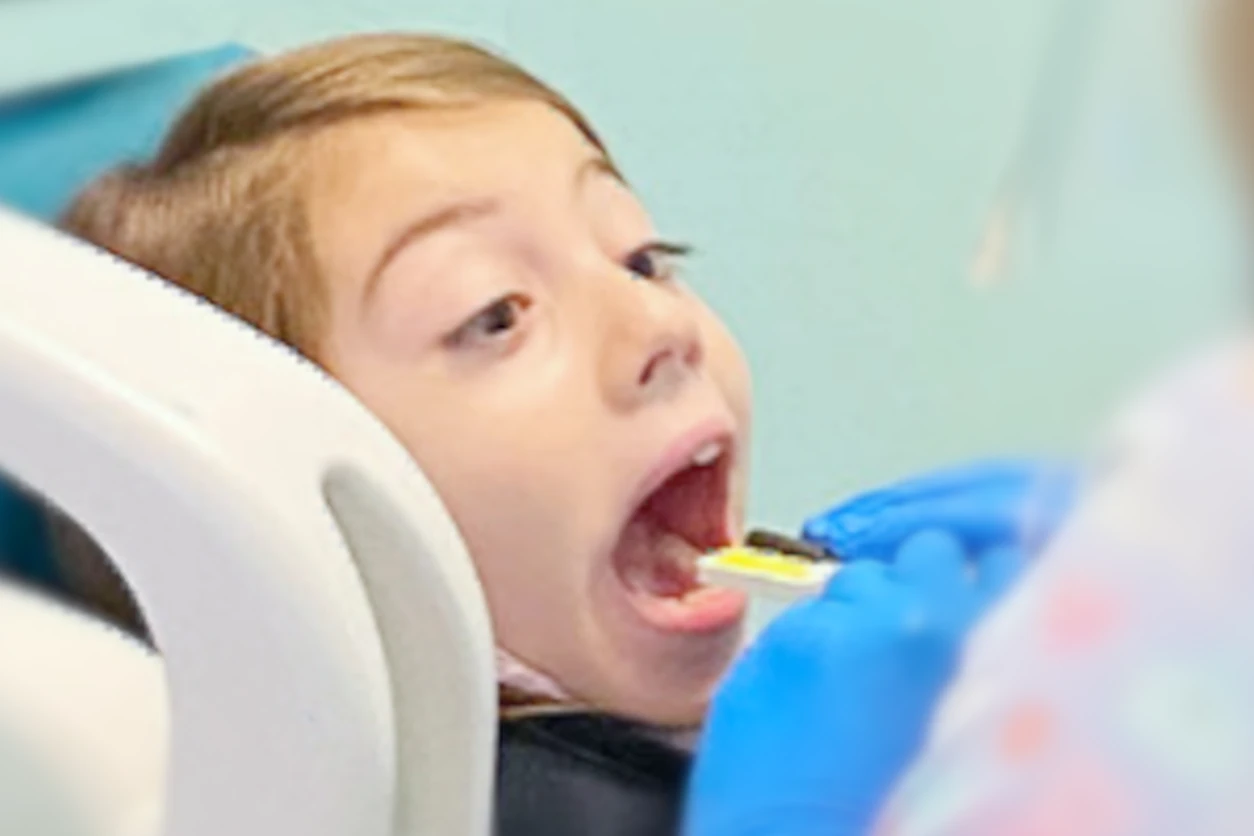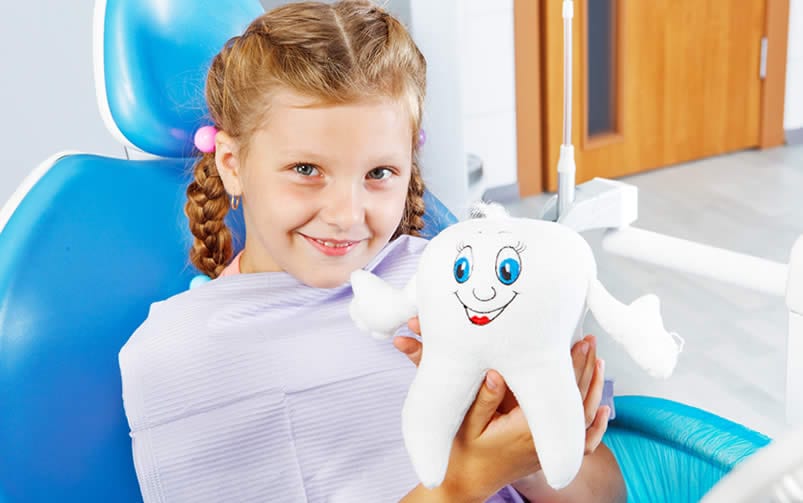They’ve been around for many decades, and today, traditional braces are still the main method we use for straightening children’s teeth. They work just like they always have, by applying pressure to the teeth and jaw to move teeth into their proper positions. And if your child has most of his or her permanent teeth – and they’re crooked – it’s probably time to have them assessed at Children’s Dental Fun Zone.
The American Association of Orthodontists and the American Dental Association both recommend that children be evaluated for orthodontia by age 7, with active treatment between about 9 and 14.
Bands, brackets, wires, headgear, elastics, retainers… they still work
Many of the things you might remember about your days in braces are still the same. But a lot has also changed. Braces aren’t just a bulky mouth of metal anymore. We use materials such as stainless steel, and plastic and ceramic that can offer a clear or tooth-colored appearance. Brackets are bonded directly to each tooth, sometimes placed less noticeably behind the teeth. Wires can now be made of longer lasting materials such as nickel-titanium or copper-titanium, requiring fewer adjustments than original stainless steel wires.
We still use elastics bands to help add more force for moving the teeth and jaw into the desired position. Our patients enjoy choosing their favorite color, even picking their bands to coincide with holidays. Headgear is still around, too, helping those patients who need extra force to move the teeth. And it’s usually only worn at home or while sleeping.
And good old retainers are still used to keep your teeth in place when the braces come off. Some retainers are removable, some are fixed, bonded to the back your teeth. Retainers may be made of clear plastic with metal wires or rubber. And like elastic bands, retainers can be customized to the color of your choice. Some even glow in the dark.
Even if your child hasn’t lost all of his or her baby teeth, it’s not too early to take a look — and start the conversation about braces or alternatives.




